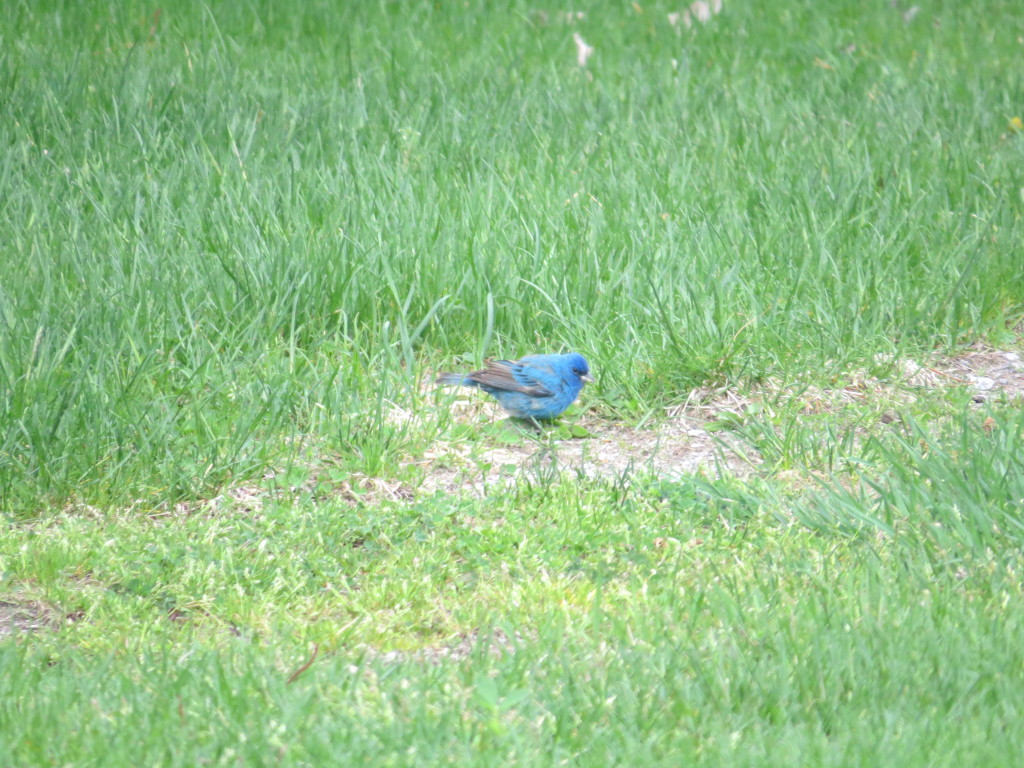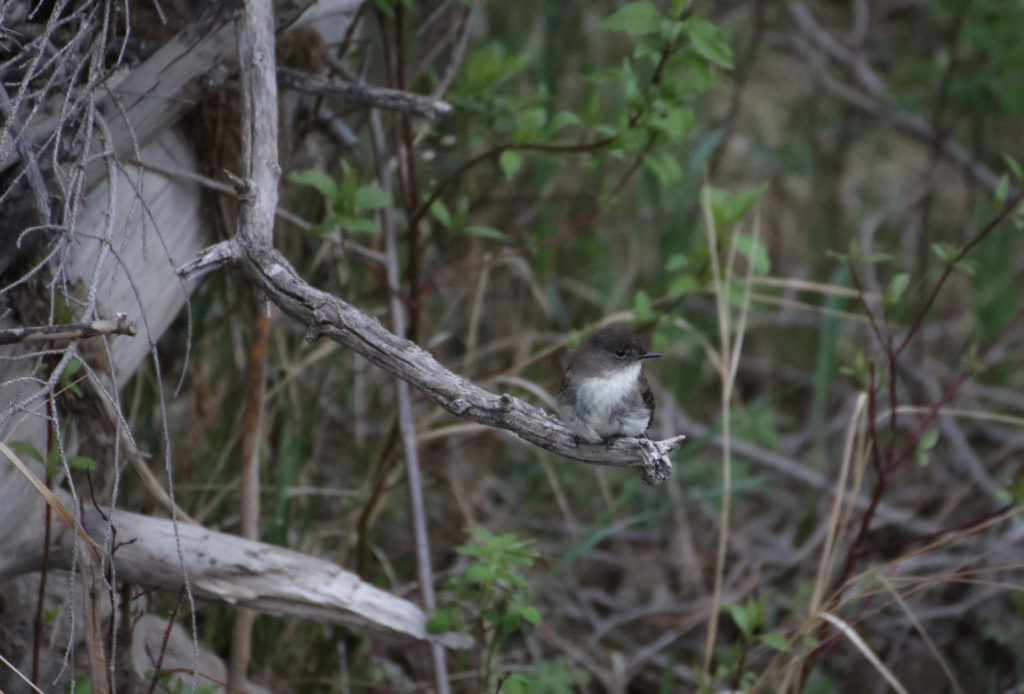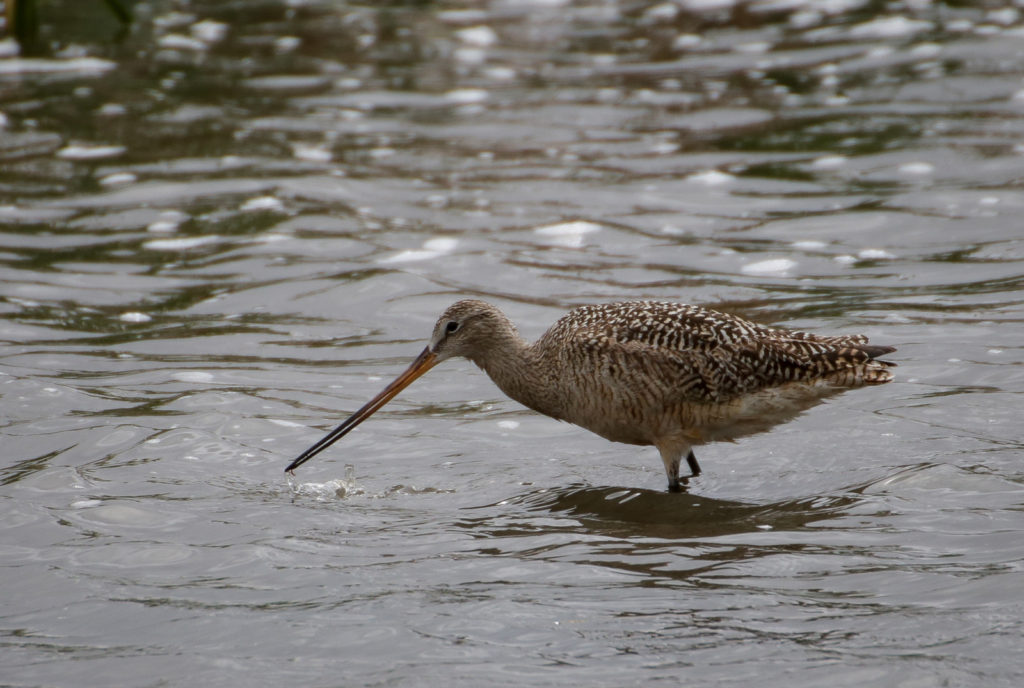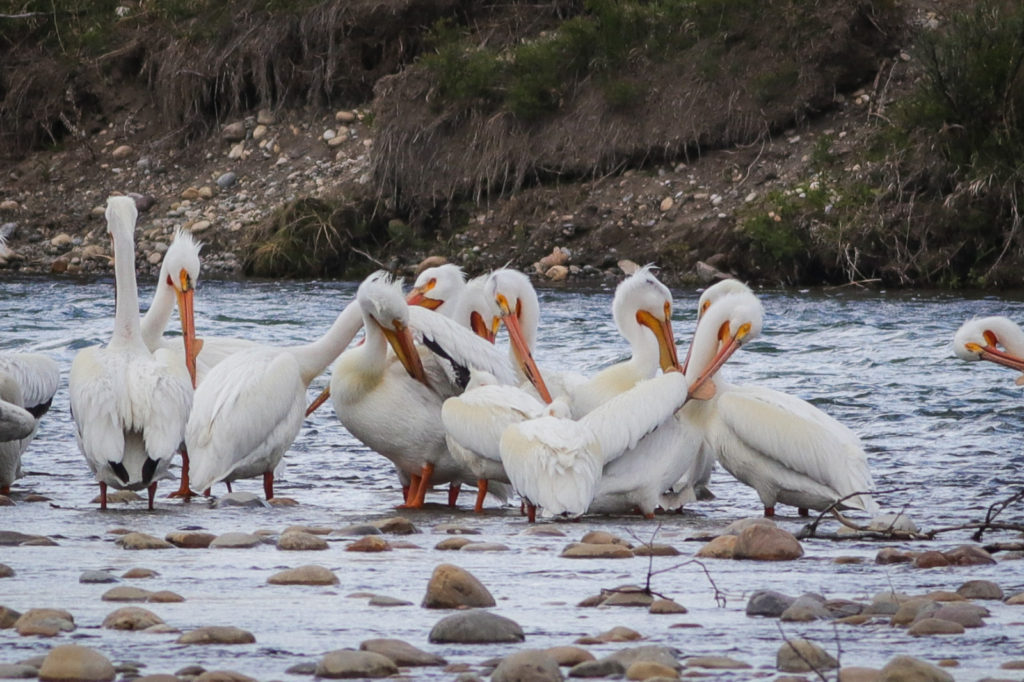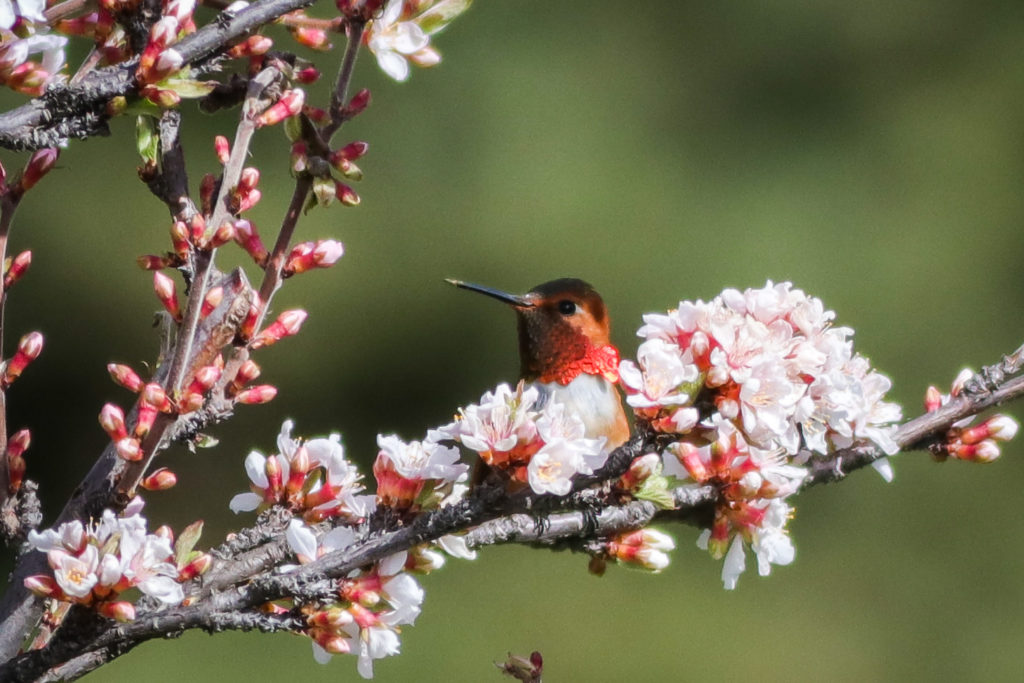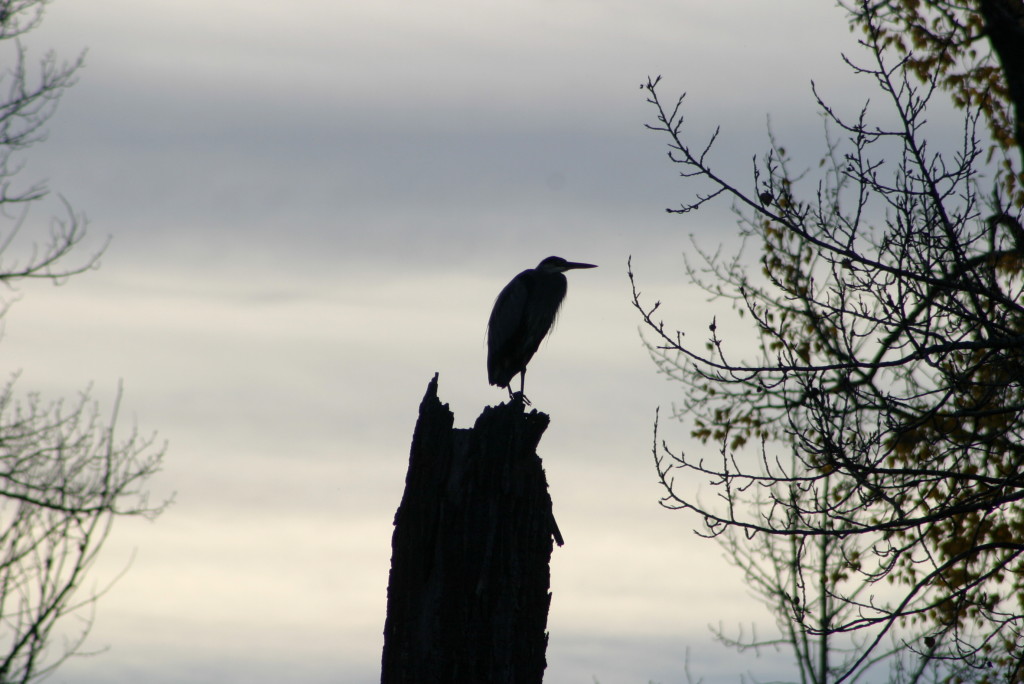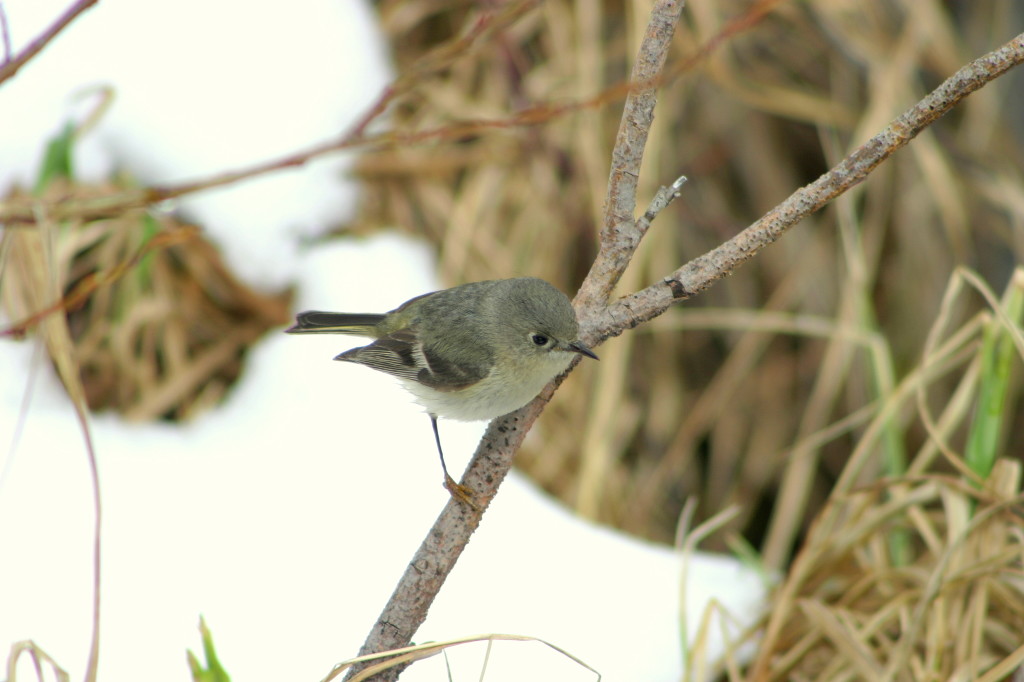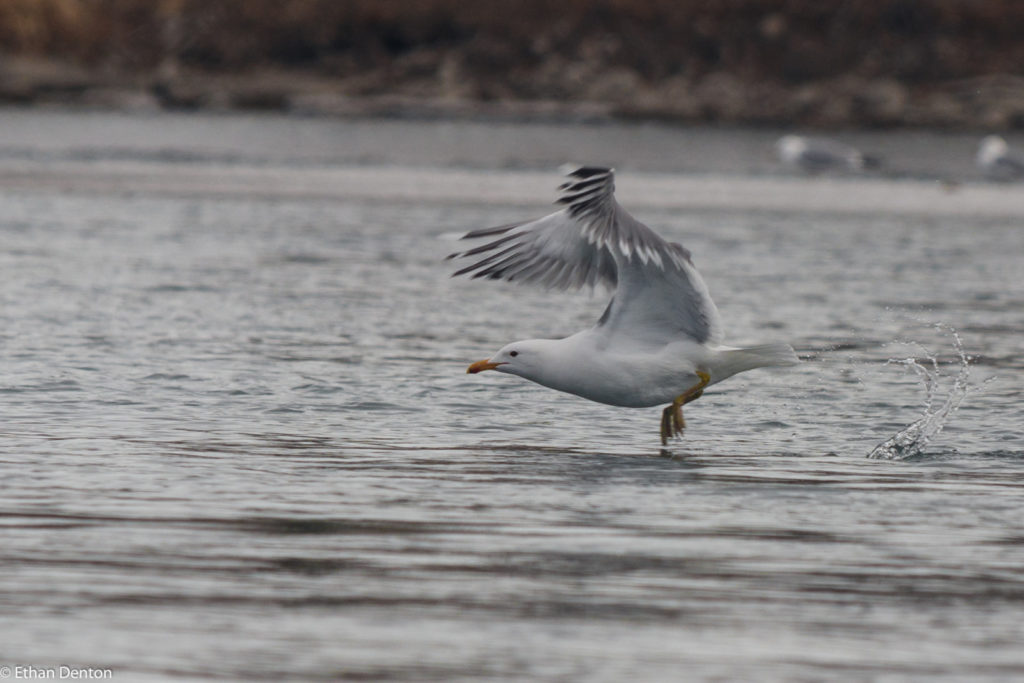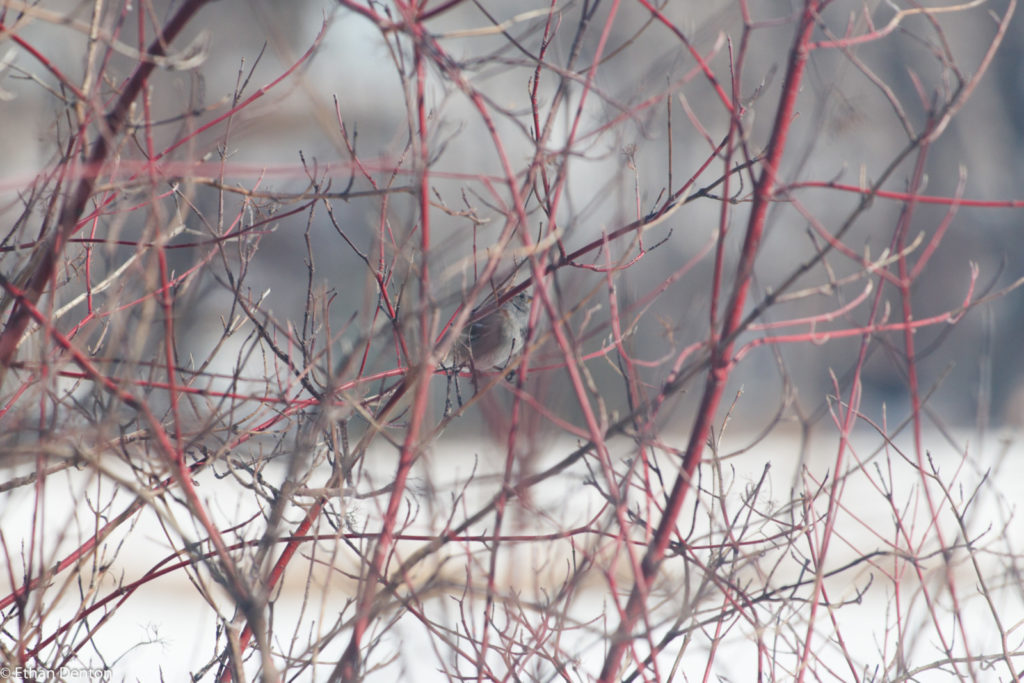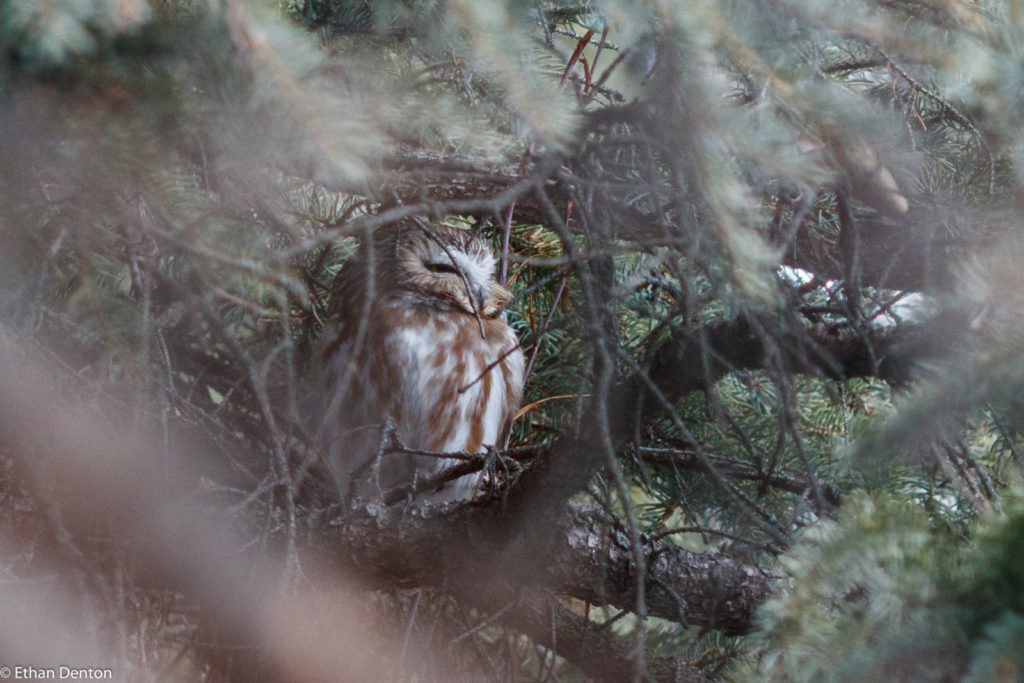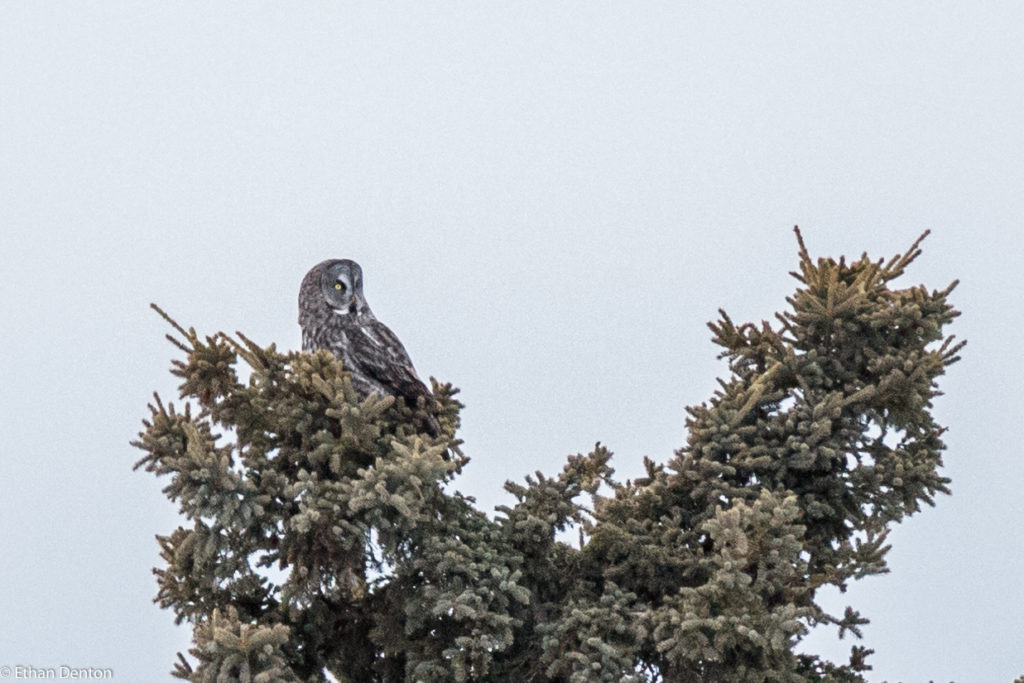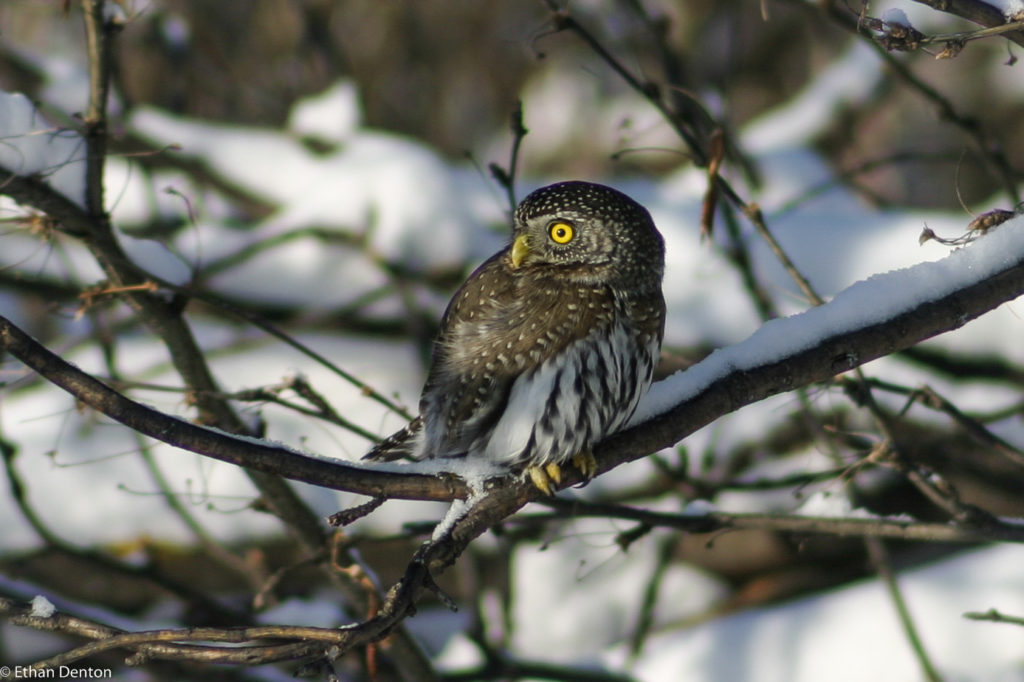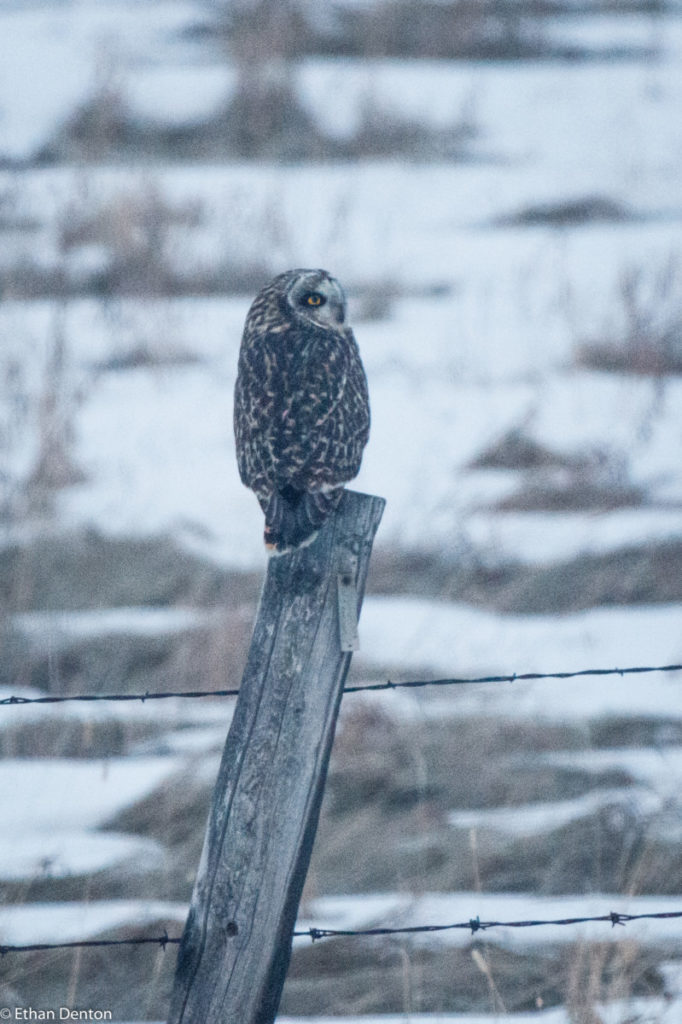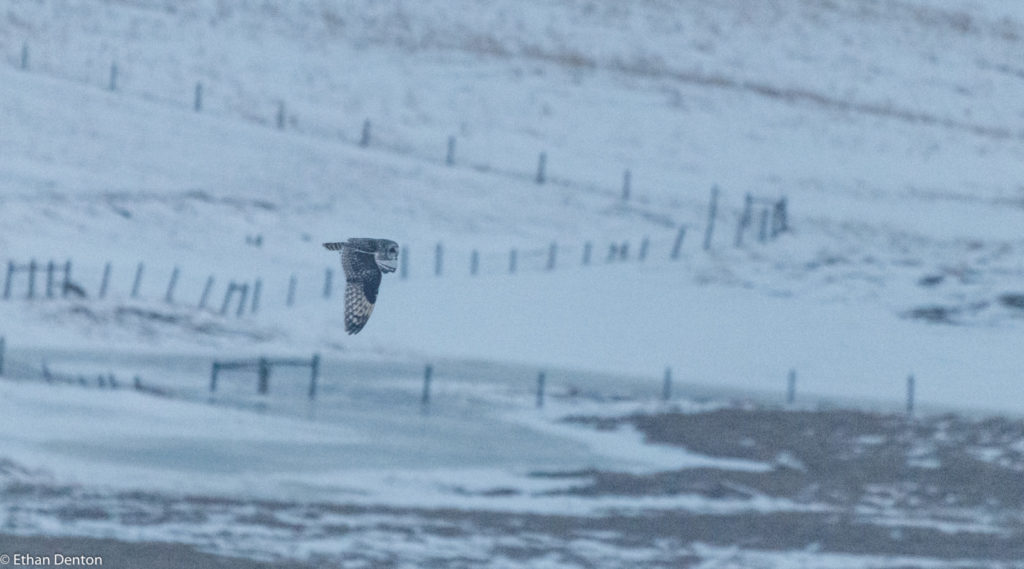Once the annual slog of final exams was past at last, I was looking forward to a few weeks of relaxation and quiet birding before really getting into any ‘summer activities.’ I could not have been more wrong. My first two sightings of summer should have warned me that I was in for a exiting time; a rare Cape May Warbler and a lifer Connecticut Warbler on Policeman’s Creek marked two of my best Banff sightings since the Dunlin in March, and it was shortly after these observations that I was to be whisked off to California on a three week birding adventure.
Naturally, the entire trip could not be about birds; my siblings have yet to fall under the spell of ornithology (there’s always hope!), and there are many wonderful things down the West Coast which do not involve avian highlights. For two weeks, we drove down the coast to San Fransisco, frantically trying to combine birding and vacation with watching the World Cup games.
Rest stop birding sufficed for a few days, as our primary goal was to cover as many miles as possible before slowing down. This, however, turned up such highlights as a Rock Wren and Bullock’s Oriole young.
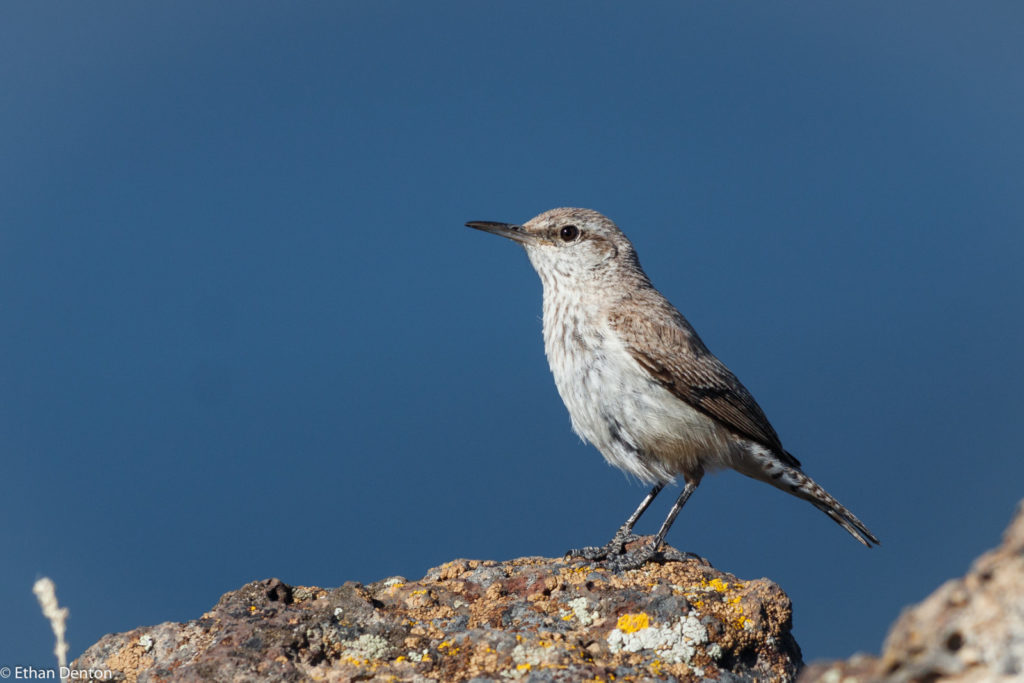
Our first life bird came in the shape of a California Scrub-Jay, a bird we would become gradually familiar with over the course of our expedition. These birds’ brilliant blue plumage spotted the Oregon and California sea line in much the same way as that of the Blue Jay fills our more eastern world.
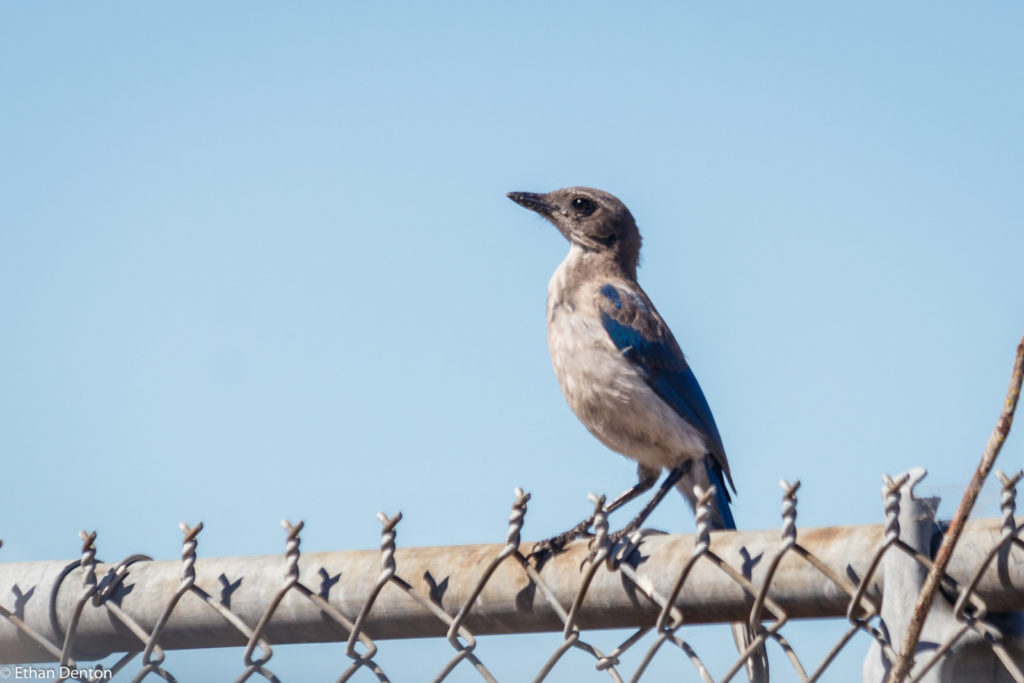
From that point on, a steady trickle of life and year birds streamed past our eager eyes. Commencing in Astoria, Oregon (I highly recommend the visitor centre there; their efforts to find a place showing the World Cup semi-final was commendable) with Brown Pelicans, we continued to Leadbitter Point in search of Snowy Plovers. While we bombed on the Snowies, we had a great time there, as the entire beach was covered with thousands of Western Sandpipers, with healthy numbers of Sanderling, Black-bellied Plover and Short-billed Dowitcher mixed in.
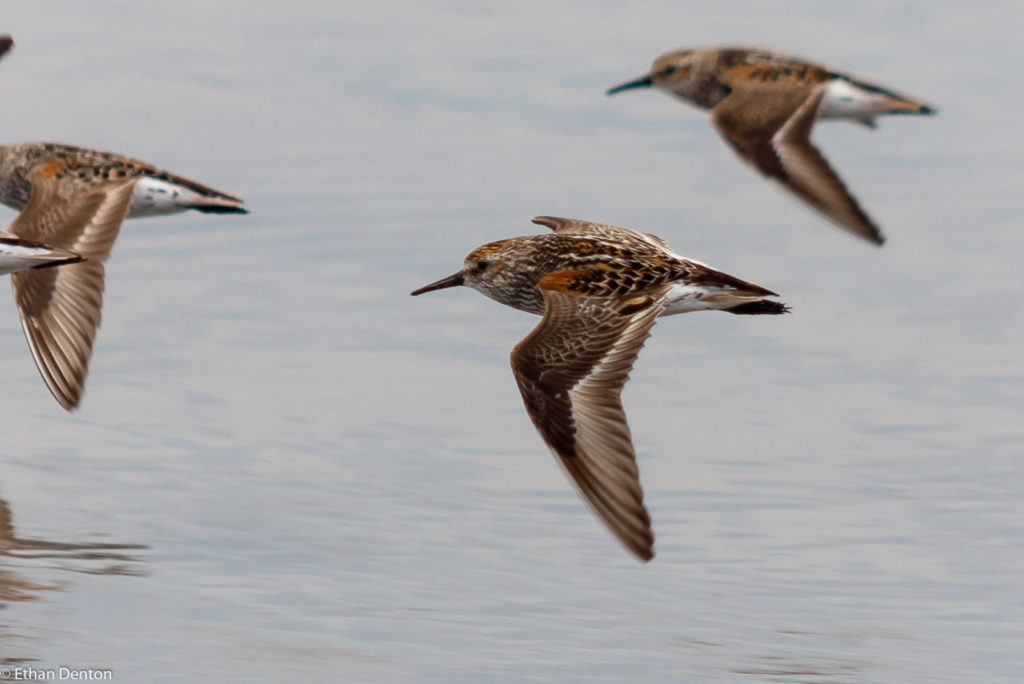
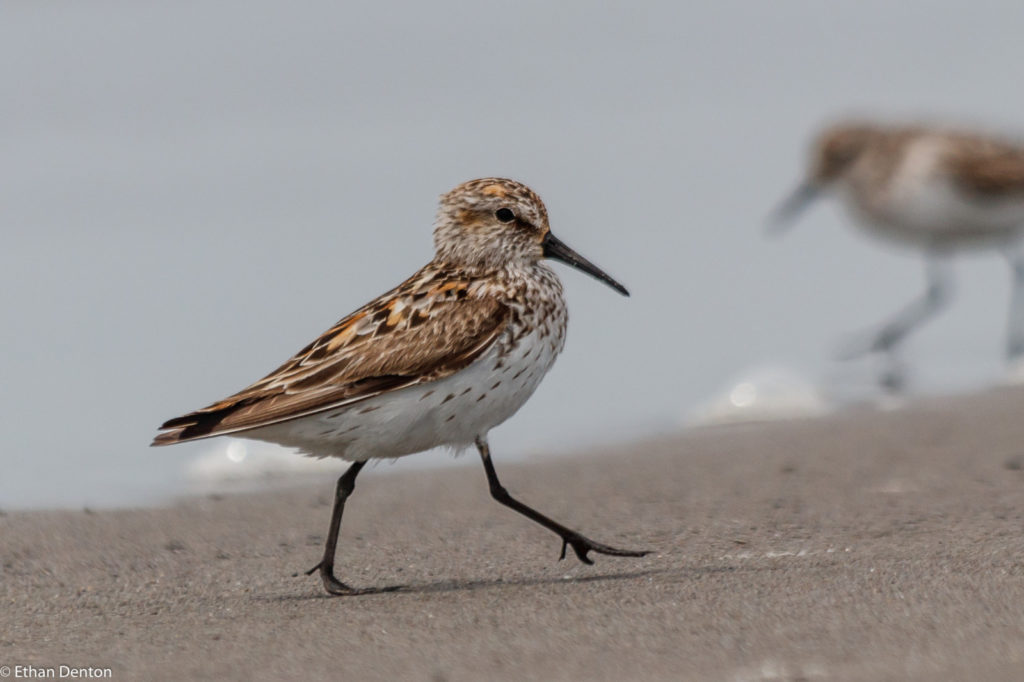
On the Oregon coast, there is a place called Haystack Rock which is known, in particular, for its breeding Tufted Puffins. When we reached this notable stone outcrop, we were greeted by dozens of Common Murres, Pelagic Cormorants, and Western Gulls circling the air. It did not take long to find the object of our desire. Half a dozen of the angular black forms hurtled through the sky with all the grace of a fish hurled from an airplane window. These chunky birds carried their massive bills with a Roman dignity, and seldom approached shore save from high above the beach as they circled the rock.
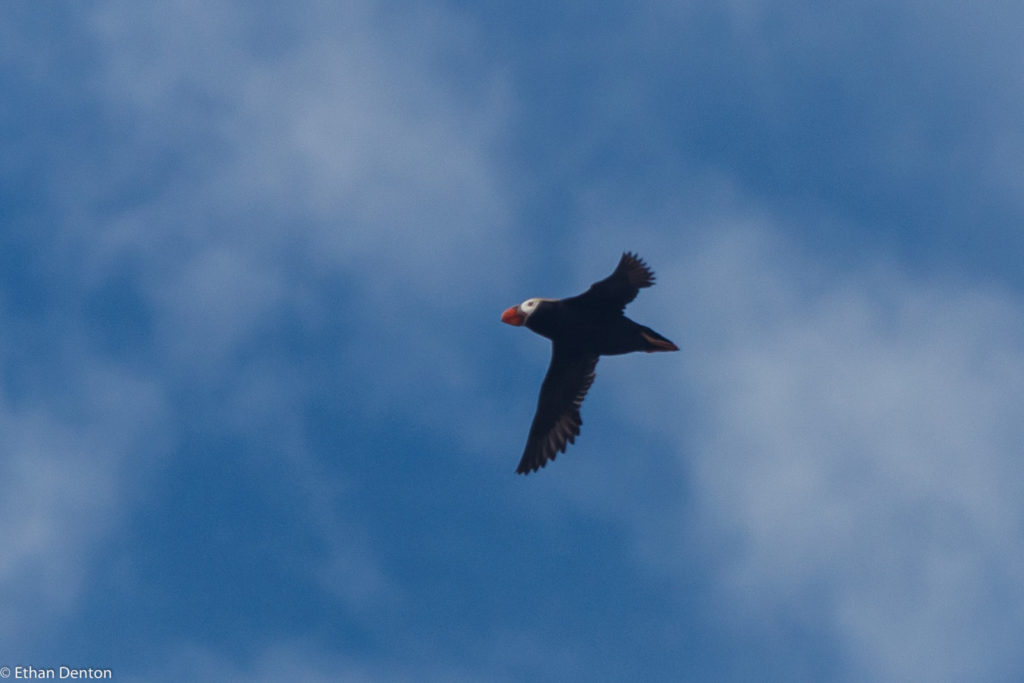
The final campsite of the first part of the trip was the best by far – we stayed there for three days, and found over thirty species including 3 lifers. The first lifer observed was the daring Black Phoebe, a bird which perched, fearless, on campfire grates, picnic tables and unoccupied tents around the campsite.
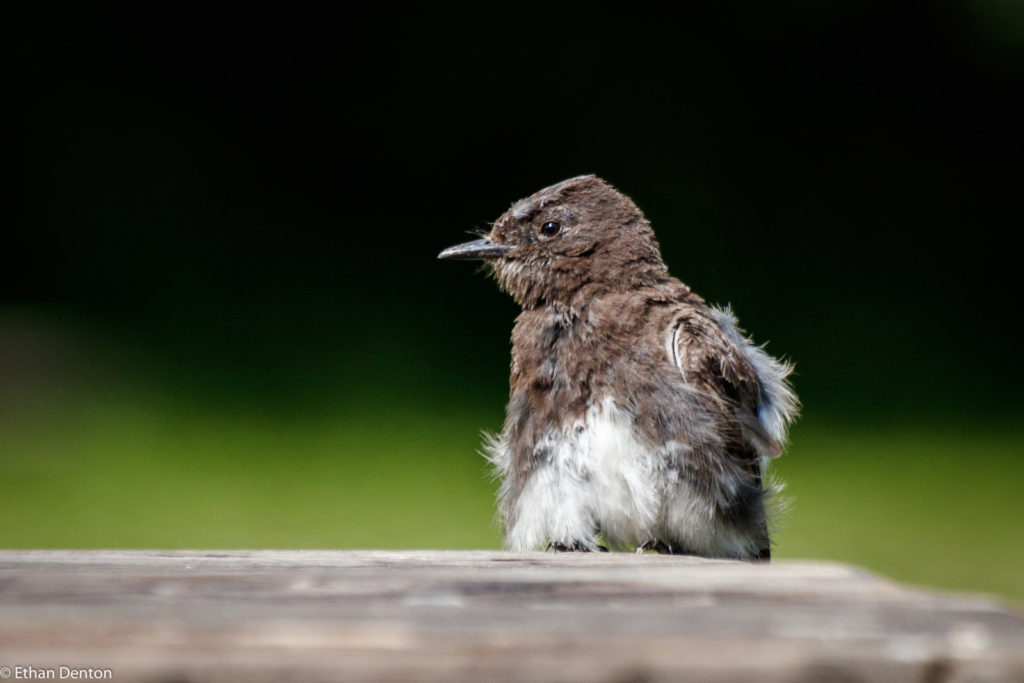
The next day brought with it a family of Nuttal’s Woodpeckers, California Towhees, and a Green Heron!
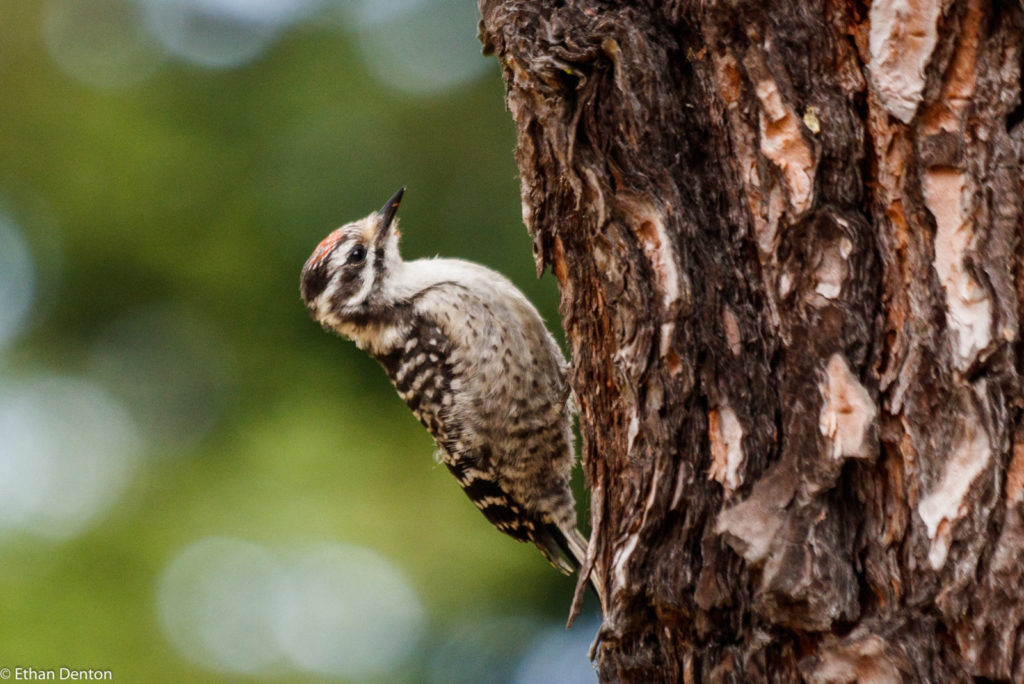
The Green Heron was flighty, but allowed some photos if you crept up behind some bushes.
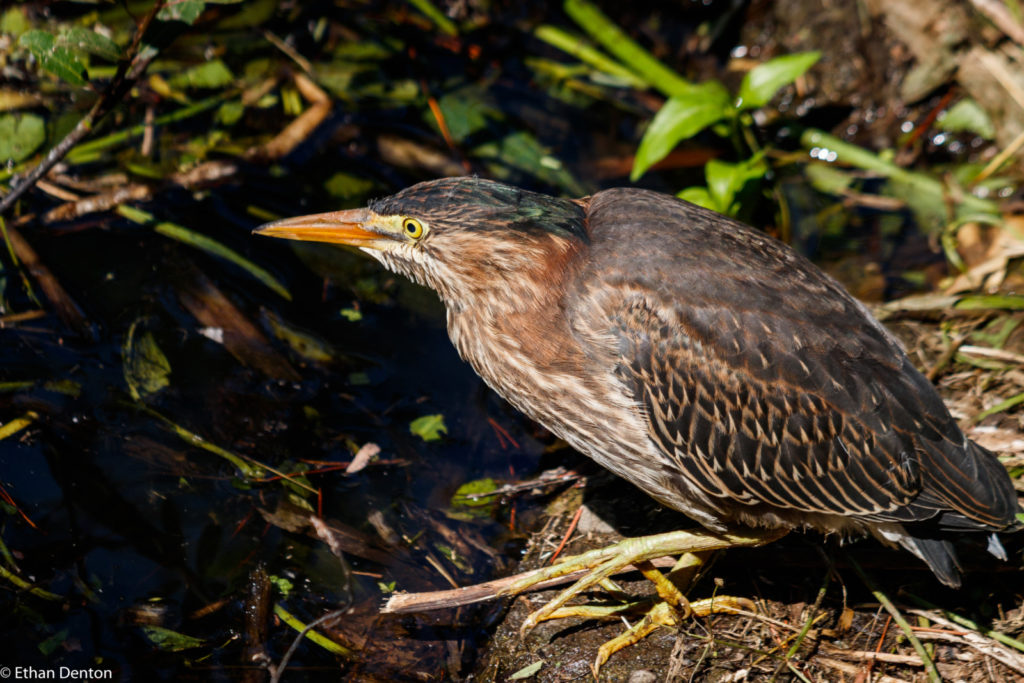
The next day, we moved into a hotel in Half-Moon Bay to rest up for the biggest day of the trip – a pelagic tour! The adventures of the long awaited pelagic deserve their own post, however, so you’ll just have to wait for the next post to find out what happened.
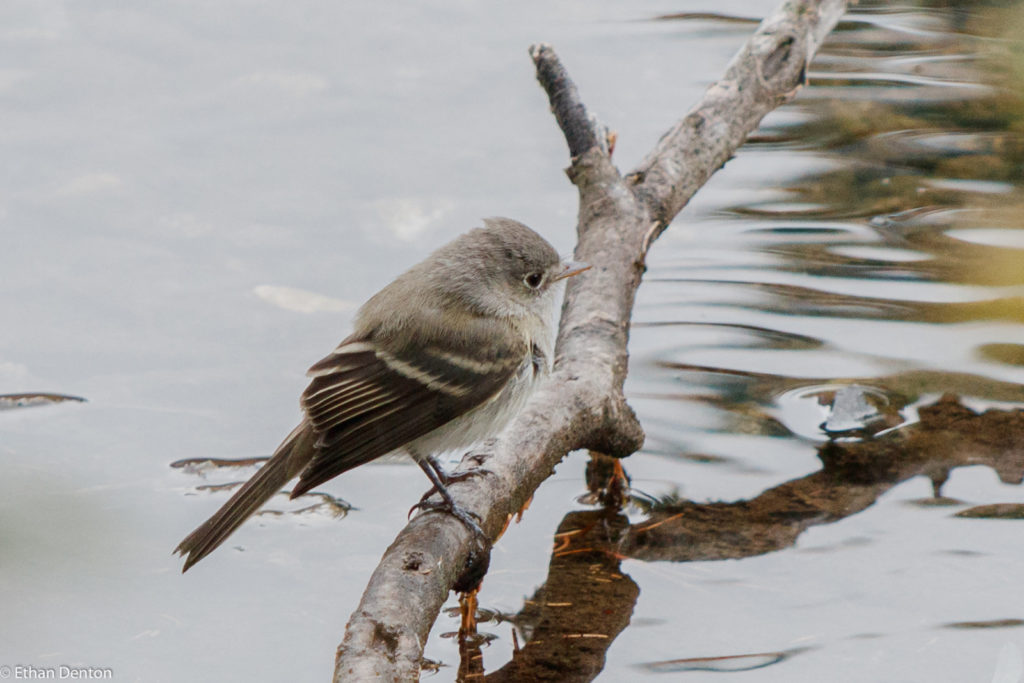
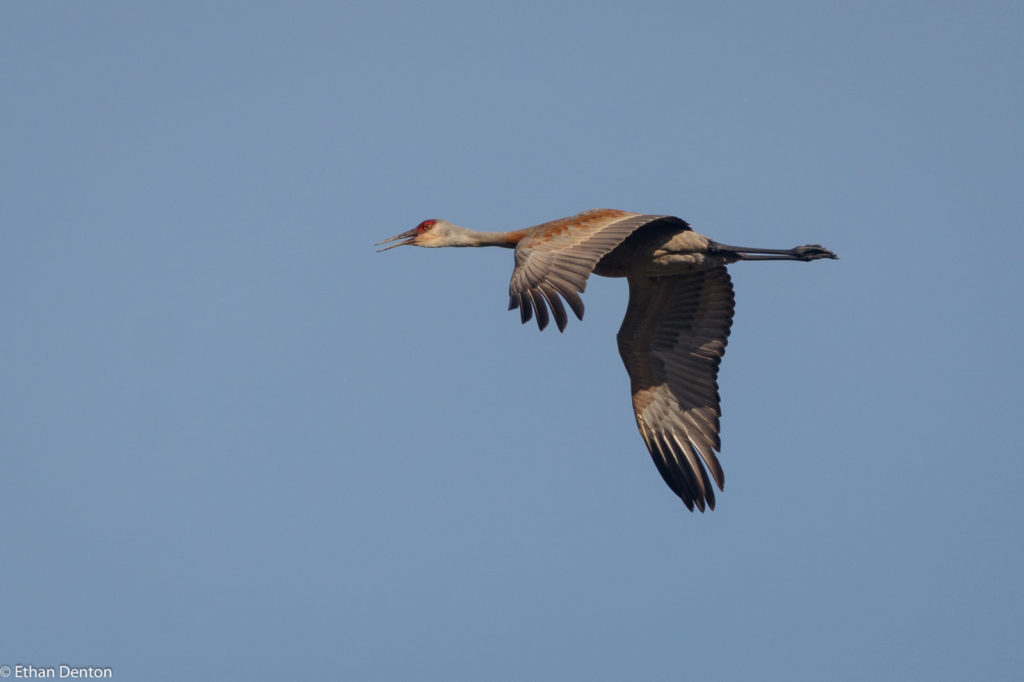
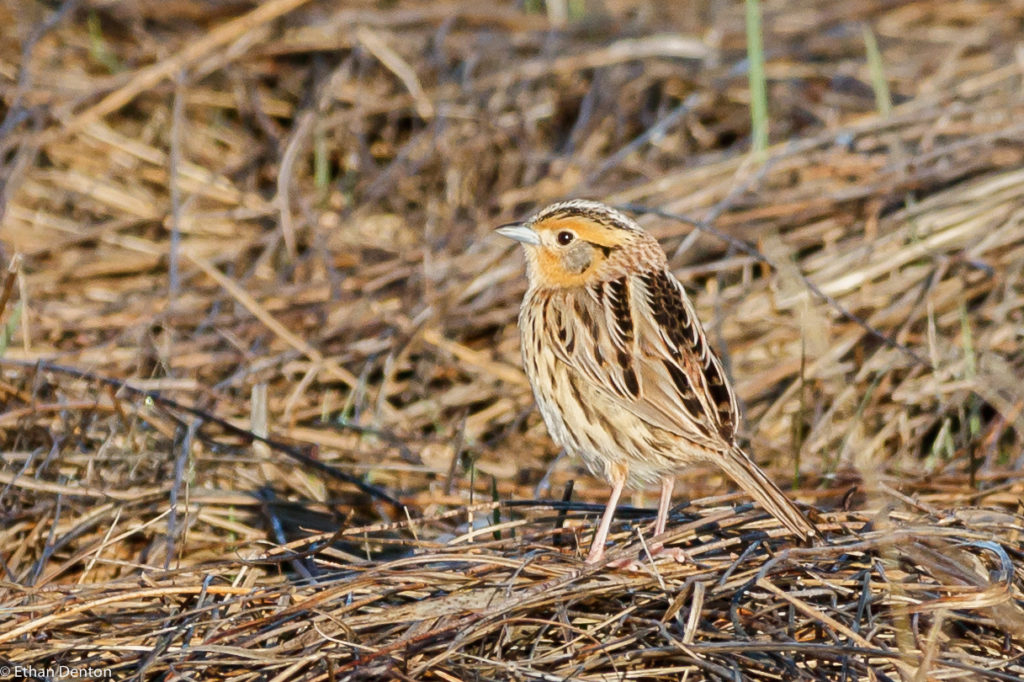
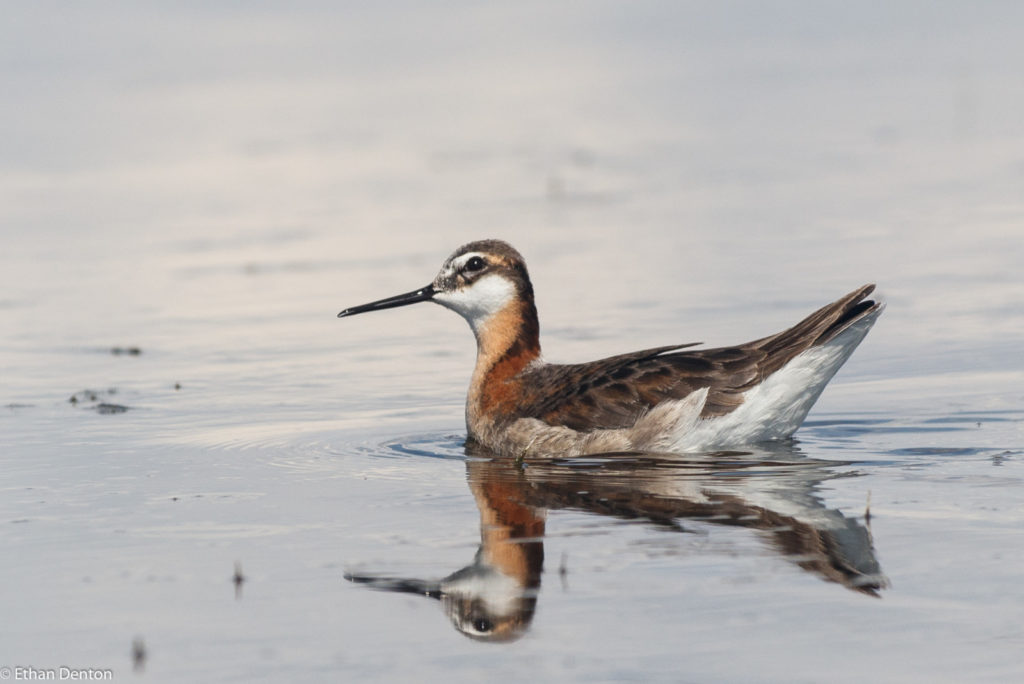
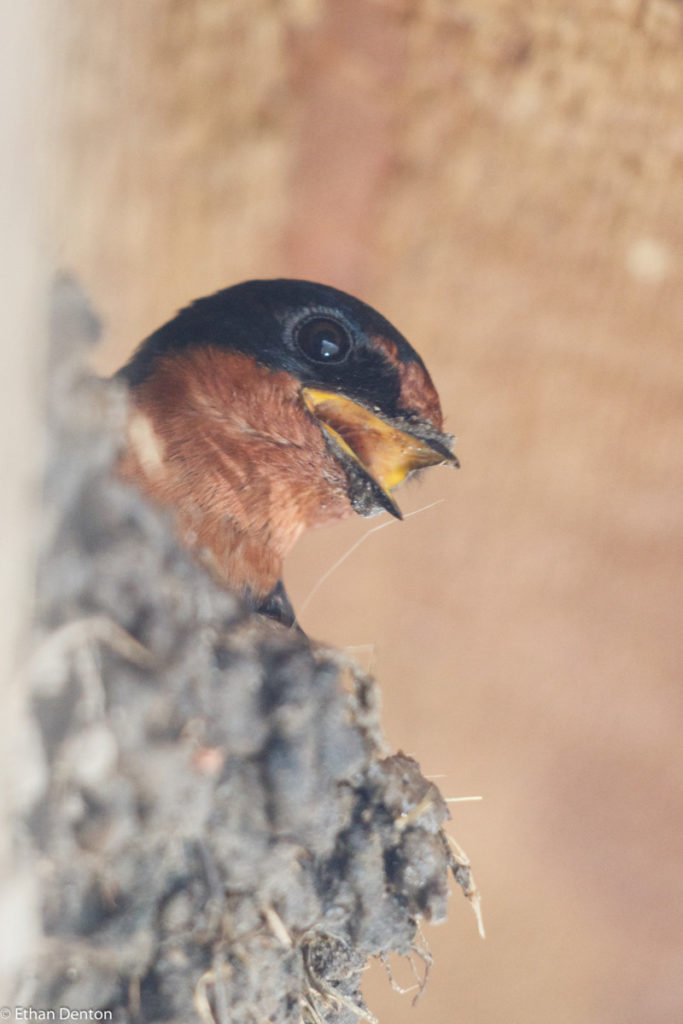
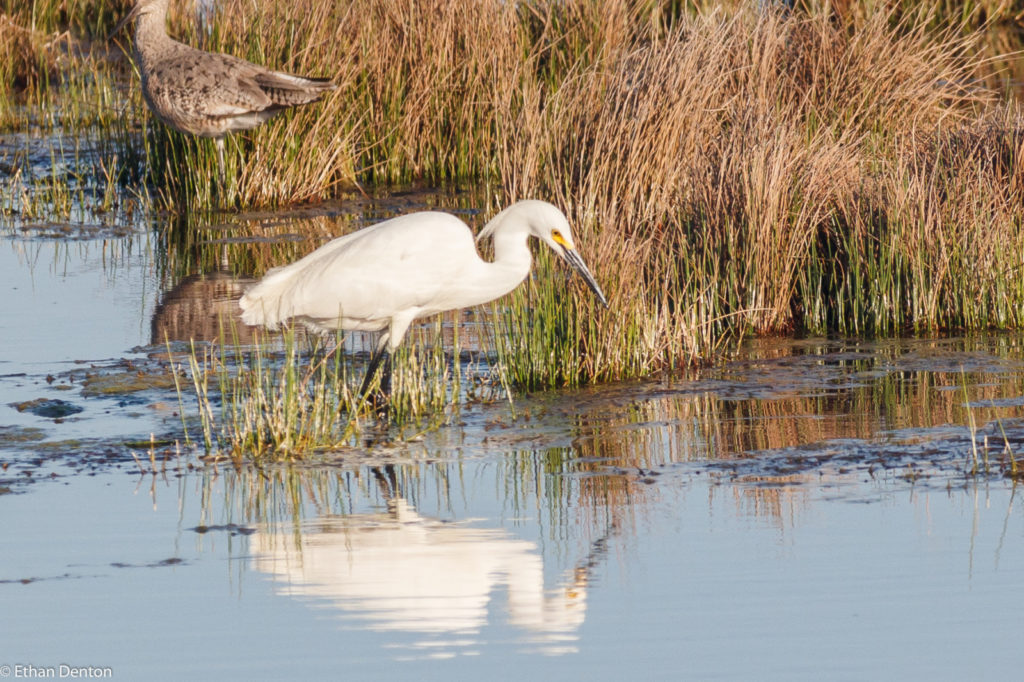
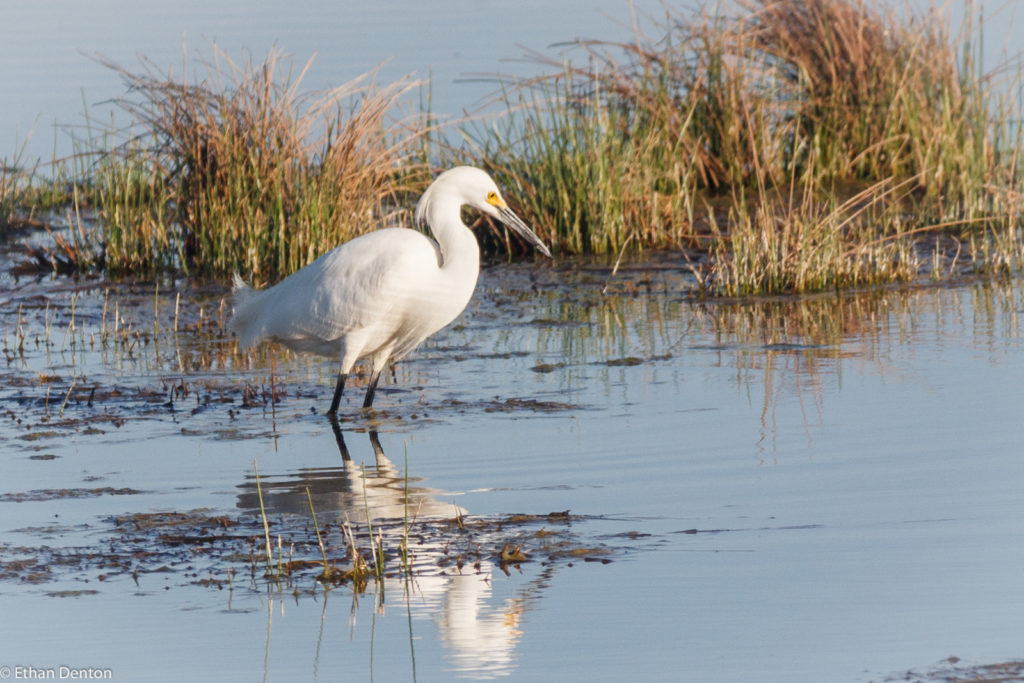
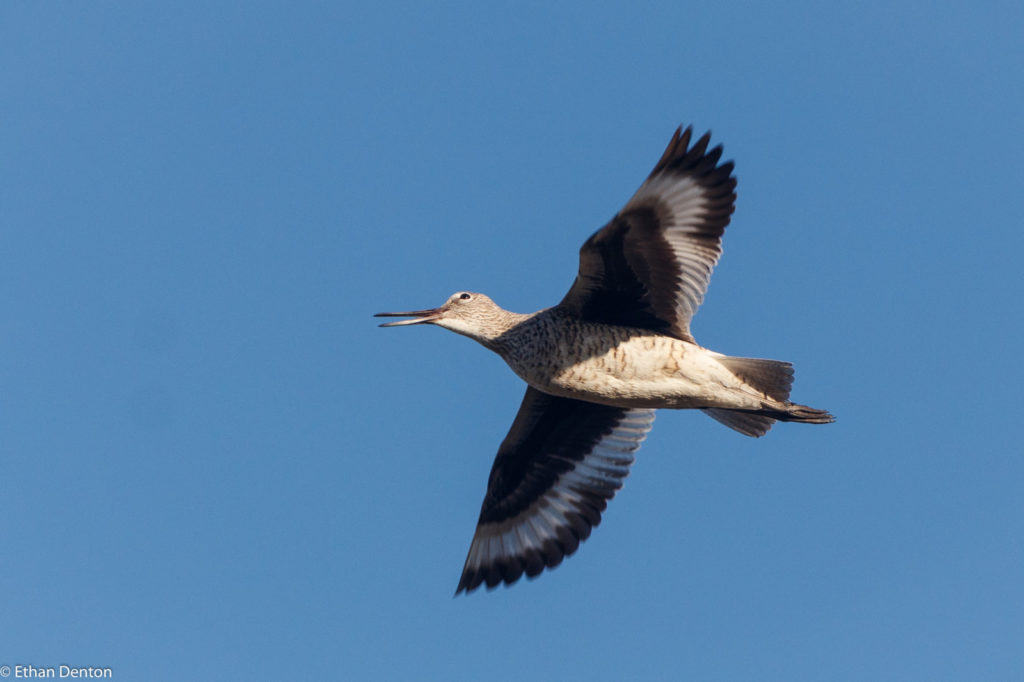
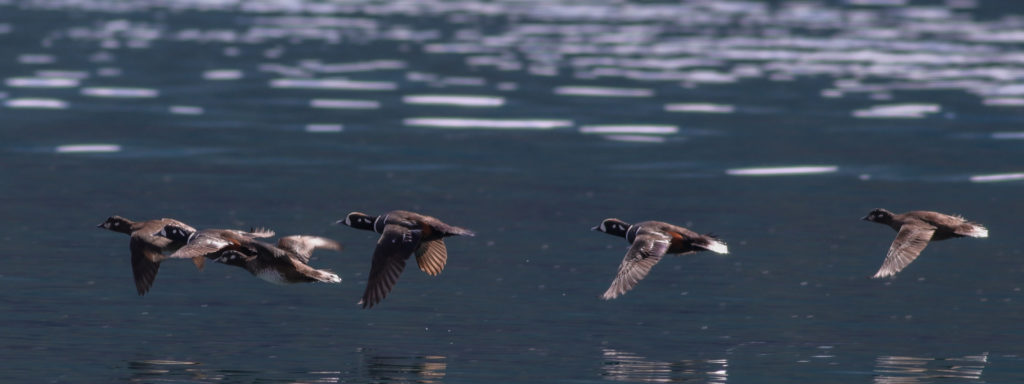
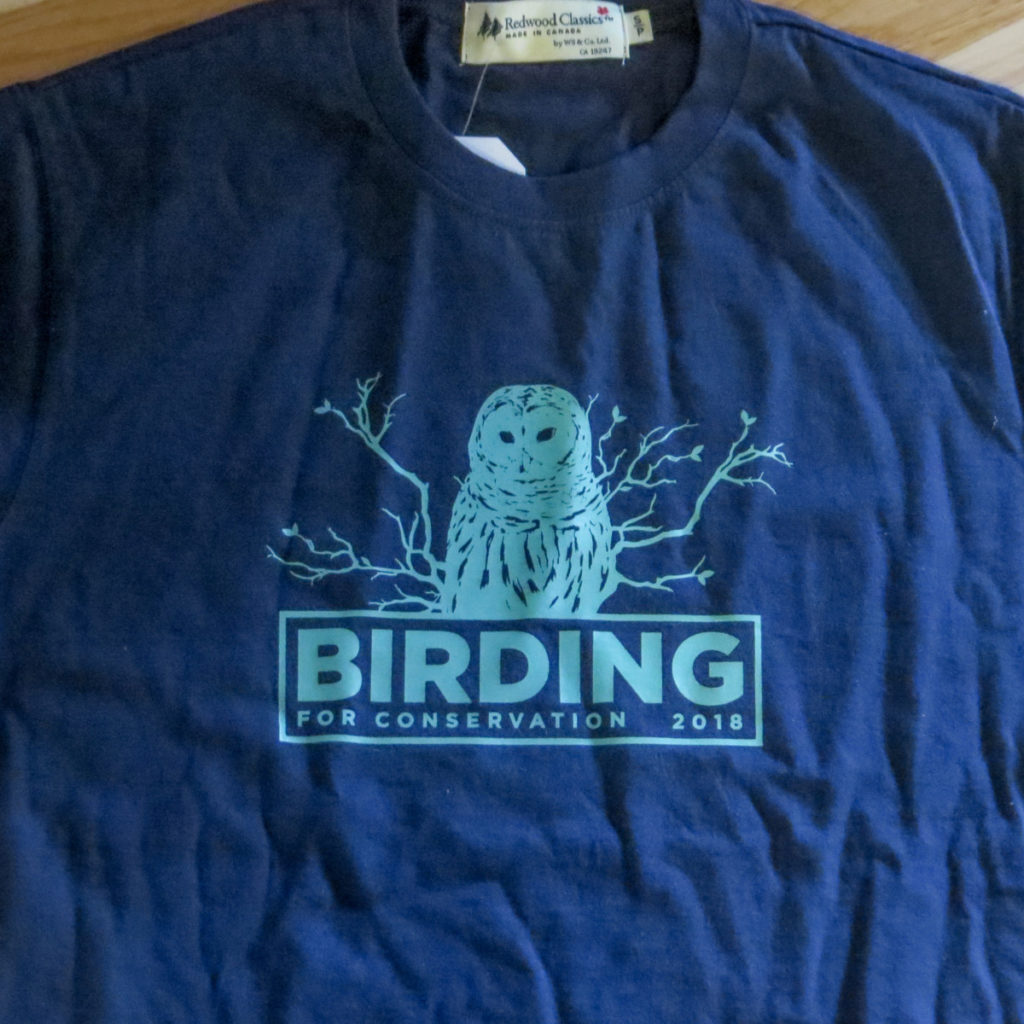
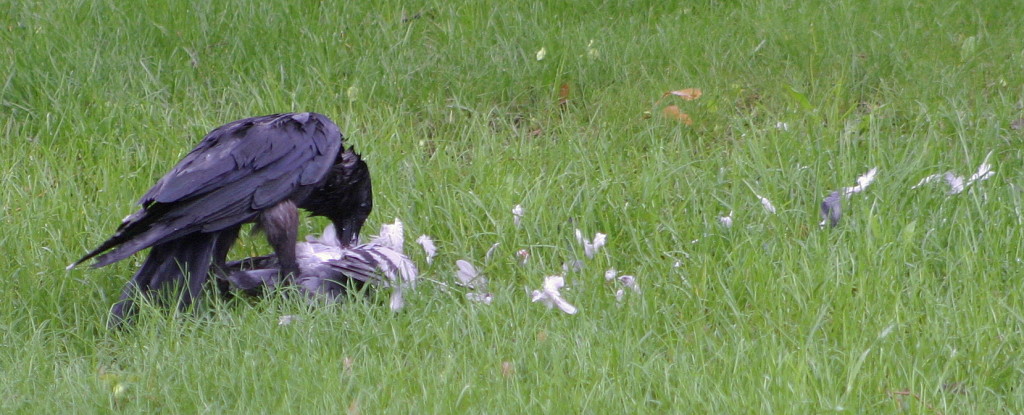
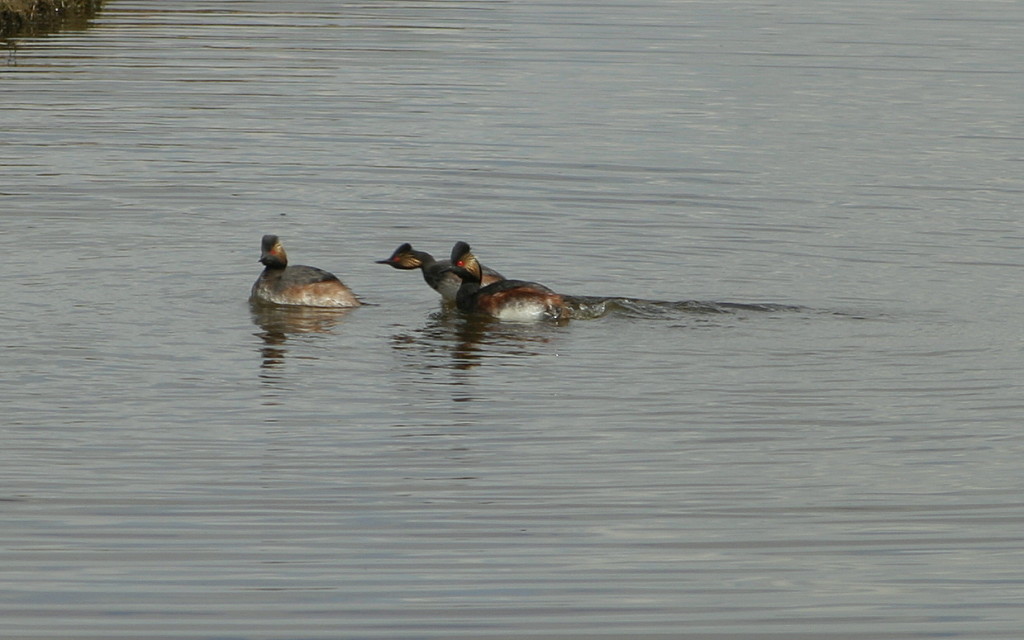
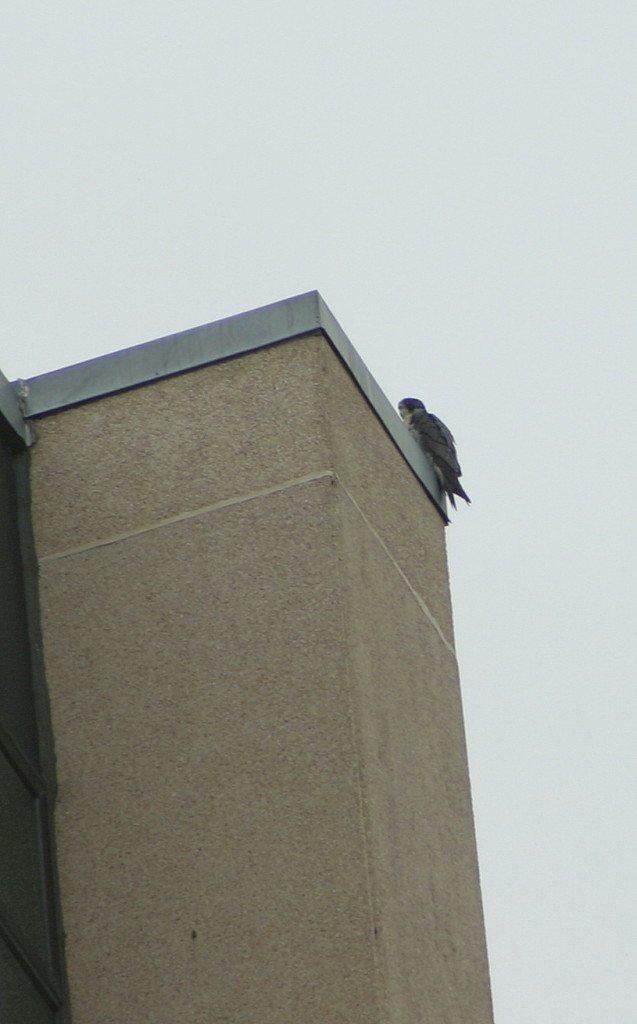 2015
2015